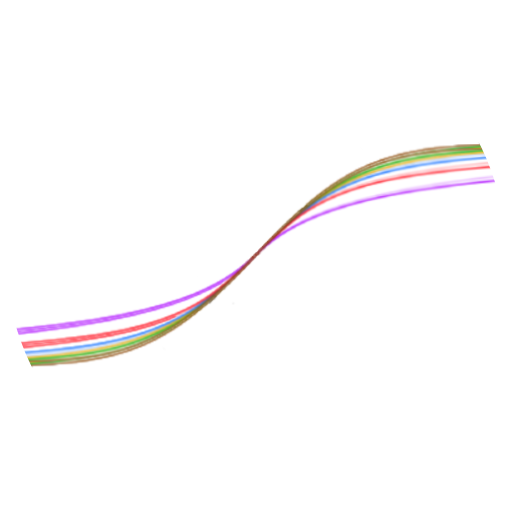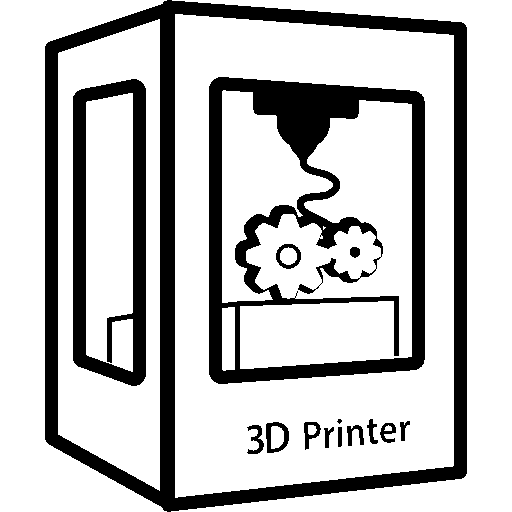- 1 Post
- 7 Comments

 3·2 years ago
3·2 years agoJust an fyi, llama is float 16 under the hood I believe. Stable diffusion is float32. Basically no machine learning model I’ve ever heard of is float64 based… the only people using float64 on gpus is physicists/applied math people on doe supercomputers.
(Weirdly enough, commodity hardware is now on the opposite end: they used to struggle with float64 when people were trying to put physics models on commodity hardware, now they struggle with float16/float8 support when people are trying to put language models on commodity hardware.)

 1·2 years ago
1·2 years agoHanging out in bed browsing Thangs on mobile.
I can get STLs, my slicer settings are pretty set and forget, I should be able to just upload an STL or a few, say “fill the plate” and go, without pulling out mg laptop.
It might be pretty lazy, but it isn’t crazy.

 3·2 years ago
3·2 years agoAcetone is fine.
This is actually one of my pet peeves. Acetone is far from the “universal plastic solvent” that it has as a reputation…
Ultem, aka pei actually does great with acetone: https://www.astisensor.com/ultem.pdf.
I use acetone pretty regularly on my sheets and I haven’t noticed any bad effects. Usually it is best to use soap and water, acetone and isopropyl alcohol. If things won’t stick, do all three (in that order).
A Voron 0.1 with a 0.2 gantry and a Voron 2.4 with a 2.4r2 gantry (currently being upgraded to canbus and stealthburner).
I think part of the problem isn’t just bad hierarchies, it is that they are so hard to fix.
Bad OOP code gets its fingers everywhere, and tearing out a bad hierarchy can be downright impossible.

 2·2 years ago
2·2 years agoIf this is a one off, you could try manually removing the lines of gcode for those traces. Though this would get tiresome if you wanted to do this a lot.


This isn’t an argument against the standard way of doing things, it is an argument to follow the xdg standard, and use xdg environment variables, rather than creating a new unconfigurable directory in $HOME.